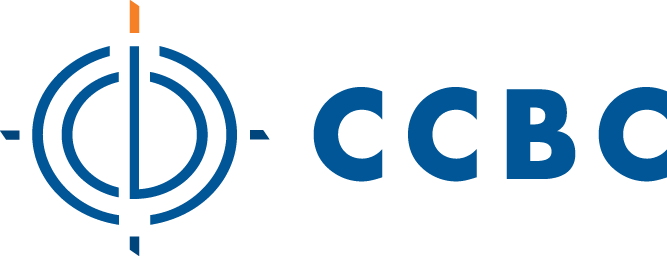11 Overview of Metabolism
Amy Ertwine
Metabolism is the sum of all biochemical processes that occur within the body to maintain life, including the conversion of food into energy, the synthesis of essential molecules, and the elimination of waste products. The endocrine system, composed of glands that secrete hormones, plays a critical role in regulating metabolism. Hormones such as insulin, thyroid hormones, and parathyroid hormone (PTH) are essential for maintaining metabolic homeostasis. This chapter focuses on key metabolic and endocrine disorders, including diabetes mellitus, thyroid disease, and parathyroid disease. Understanding these conditions, their pathophysiology, clinical manifestations, and treatment options is vital for providing effective nursing care and managing these chronic conditions.
Overview of Metabolism
Metabolism encompasses all the chemical reactions that occur within the body’s cells. These reactions are divided into two categories:
- Catabolism: The breakdown of complex molecules into simpler ones, releasing energy. This process provides the energy required for various cellular functions.
- Anabolism: The synthesis of complex molecules from simpler ones, requiring energy. Anabolism supports cell growth, repair, and the storage of energy for future use.
Hormones regulate these metabolic processes, ensuring that the body maintains a balance between energy production and energy consumption.
Metabolic and endocrine disorders such as diabetes mellitus, thyroid disease, and parathyroid disease have significant impacts on overall health and require comprehensive management. Nurses play a critical role in educating patients, managing symptoms, and coordinating care for individuals with these conditions. Understanding the pathophysiology, clinical manifestations, and treatment options for these disorders is essential for providing high-quality nursing care and improving patient outcomes. Effective management of these conditions involves a multidisciplinary approach that includes lifestyle modifications, pharmacological therapy, and regular monitoring to prevent complications and promote optimal health.

